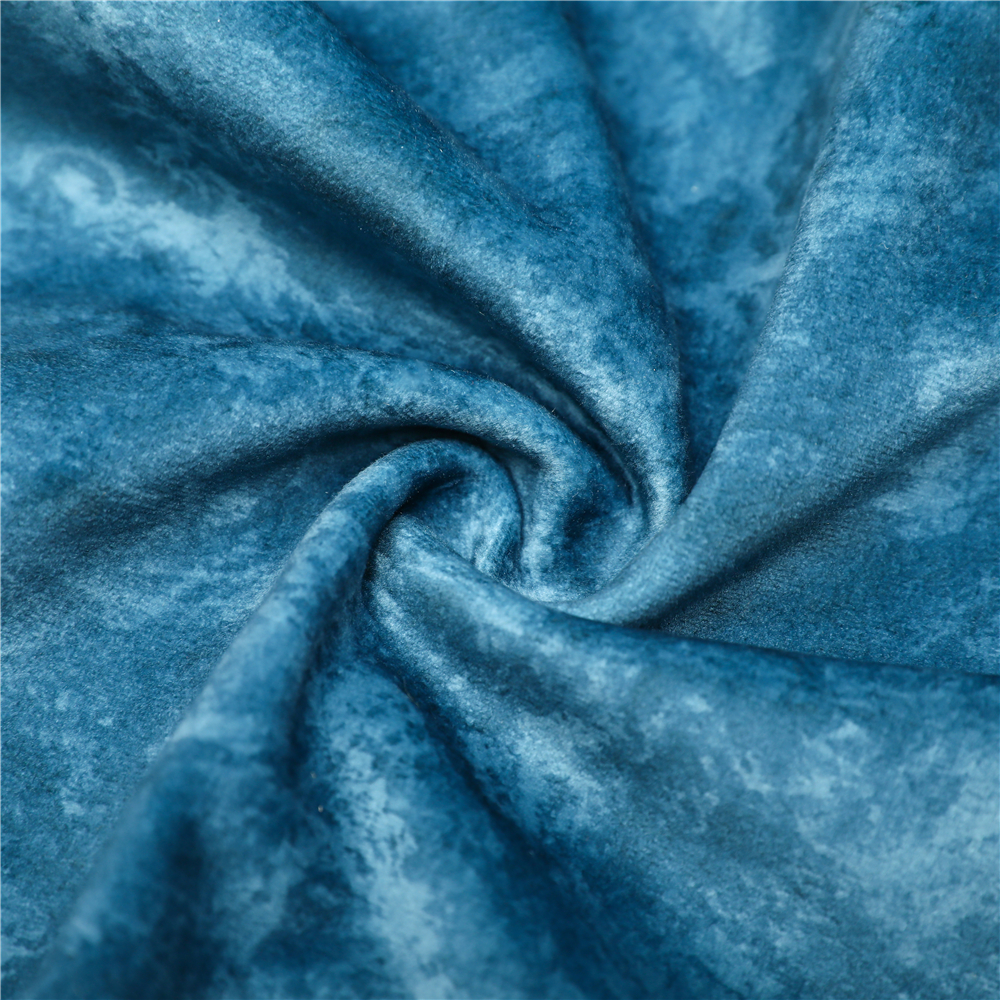The color fastness of decorative fabrics refers to the fabric's ability to retain its color without fading or bleeding over time, especially when exposed to various external factors such as light, washing, or environmental conditions. The color fastness of decorative fabrics can vary depending on the type of fabric, dyeing method, and other factors. Here are some considerations that can influence the color fastness of decorative fabrics:
Fabric Type:
Different types of fabrics have varying levels of color fastness. Natural fibers like cotton and linen may experience more color fading over time compared to synthetic fibers like polyester.
Dyeing Method:
The method used to dye the fabric can impact color fastness. Fabrics dyed using high-quality and well-set dyes are more likely to have better color retention.
Dye Quality:
The quality of the dyes used in the coloring process is crucial. High-quality dyes are more resistant to fading, especially when exposed to sunlight or frequent washing.
UV Resistance:

Exposure to ultraviolet (UV) light, especially sunlight, can cause fading in fabrics. Some fabrics are treated or come with built-in UV resistance to minimize color fading.
Environmental Conditions:
The environment in which the fabric is placed can affect color fastness. Humidity, temperature fluctuations, and pollution can impact the longevity of colors.
Care and Maintenance:
Proper care and maintenance contribute to color fastness. Following the manufacturer's care instructions, such as washing at the recommended temperature and avoiding harsh chemicals, can help preserve the fabric's color.
Water Quality:
The quality of water used during washing can also influence color fastness. Hard water or water with high mineral content may impact the vibrancy of colors.
Testing and Standards:
Some fabrics undergo color fastness testing according to industry standards. Look for fabrics that meet or exceed these standards for better assurance of color durability.
Fade Resistance Treatments:
Some fabrics may undergo treatments to enhance their fade resistance. These treatments can provide an extra layer of protection against color fading.
Indoor vs. Outdoor Use:
Fabrics intended for outdoor use may have additional features, such as UV resistance and water repellency, to enhance color fastness when exposed to the elements.
Preventing Color Transfer:
Avoiding color transfer from one fabric to another (e.g., from upholstery to clothing) can help maintain the original color of decorative fabrics.
It's important to note that no fabric is entirely immune to color fading, especially in prolonged or extreme conditions. However, choosing high-quality fabrics, following care guidelines, and considering the environmental conditions can contribute to better color fastness in decorative fabrics. Always check product specifications and care instructions provided by the manufacturer for guidance on preserving the fabric's color.

 英语
英语 中文简体
中文简体

















